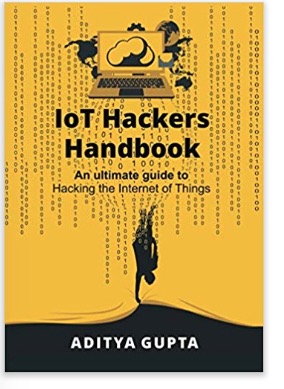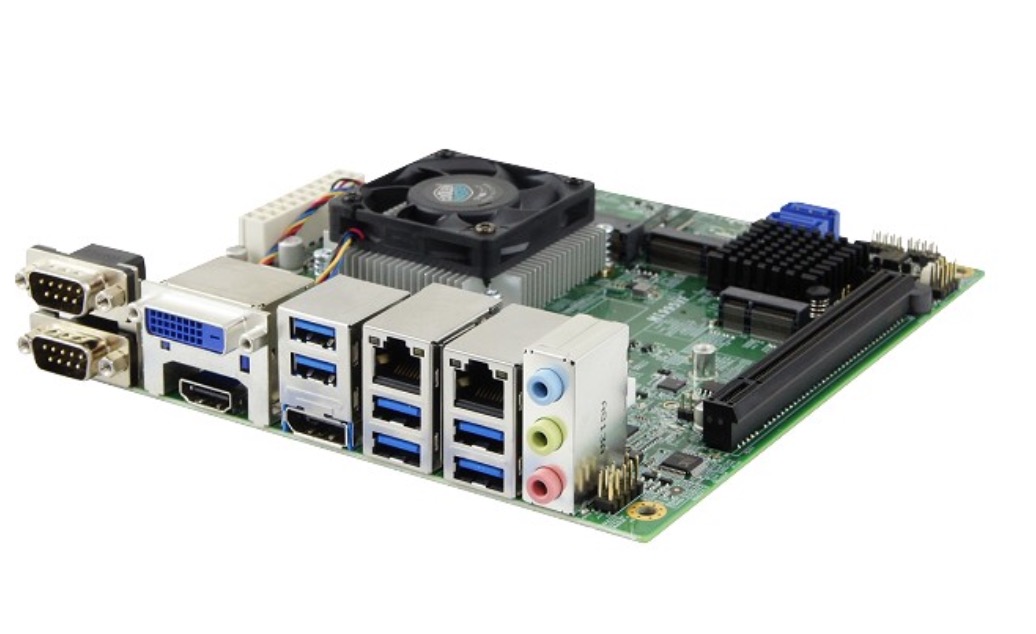Recent Posts
Low-Power Mini-ITX Form Factor Motherboard Suited For Real-Time IoT
Posted by on
iBASE Technology announced their MI995 in mini ITX form factor (170x170 mm) based on the 8th Generation Intel Core / Xeon E family processors and Intel CM246/QM370 mobile chipset.
The MI995 low-power Mini-ITX carries up to three independent displays in eDP, HDMI 2.0a, DVI-D and DisplayPort outputs, for gaming/entertainment, digital signage, and POS applications. The motherboard has two DDR4-2666 SO-DIMM sockets allowing up to 32GB memory with ECC. Apart from the performance of the CPU and graphics, the MI995 features optimized I/O with onboard 6x USB 3.1, 4x USB 2.0, 4x COM, and up to 4x SATA III to enable real-time IoT and data-intensive applications.
The MI995 is available in three variants – supporting Intel CM246/Xeon E-2176M, Intel QM370/Core i7-8850H, and Intel QM370/Core™ i5-8400H, all with dual Intel Gigabit Ethernet. Additionally, it provides 1x PCIe(x16), 1x Mini PCIe, and 2x M.2 slots for NVMe drives and wireless devices, such as WiFi and Bluetooth. Features include iAMT (11.6) for remote system management, TPM (2.0) for systems integrity, and iSMART technology that facilitates energy-efficient systems.
Features
- 8th Gen Intel® Xeon® E/ Core™ i7/ i5/ i3
- 2x DDR4 SO-DIMM sockets, Max. 32GB
- Supports eDP, HDMI(2.0a) / DVI-D and DisplayPort
- 2x Intel® Gigabit LAN
- 6x USB 3.1, 4x USB 2.0, 4x COM, 4x SATA III
- 1x PCI-E(16x), 1x Mini PCI-E, 2x M.2
- Watchdog timer, Digital I/O, iAMT(11.6), TPM(2.0), iSMART, vPRO (MI995VF series)
 2017 has seen IoT devices being hacked like never before. We have seen attacks such as the Mirai Botnet, vulnerabilities in popular cars, hacking of IoT rifles, attackers taking advantage of smart toys and the list goes on.
2017 has seen IoT devices being hacked like never before. We have seen attacks such as the Mirai Botnet, vulnerabilities in popular cars, hacking of IoT rifles, attackers taking advantage of smart toys and the list goes on.
Everything is getting connected like never before, yet, security is one of the last thoughts during the product launch stage for most of the manufacturers.
This book can be treated as a special journey into mistakes which manufacturers make while building IoT devices, or the so-called “smart things”.
The IoT Hackers Handbook is written in a beginner-friendly way covering everything from the extreme basics and then using exercises and labs to have the readers learn-by-doing.
Some of the contents that are covered in the book include:
- Embedded Device Exploitation Firmware Exploitation and Emulation
- Hardware communication protocols – UART, SPI etc.
- JTAG debugging and exploitation
- Software Defined Radio, ZigBee and BLE Exploitation
After reading the book, you will be able to understand the various security vulnerabilities crippling the Internet of Things devices, and how you can play a significant role in identifying these security issues, thus making the IoT ecosystem safer.
 Loading... Please wait...
Loading... Please wait...

